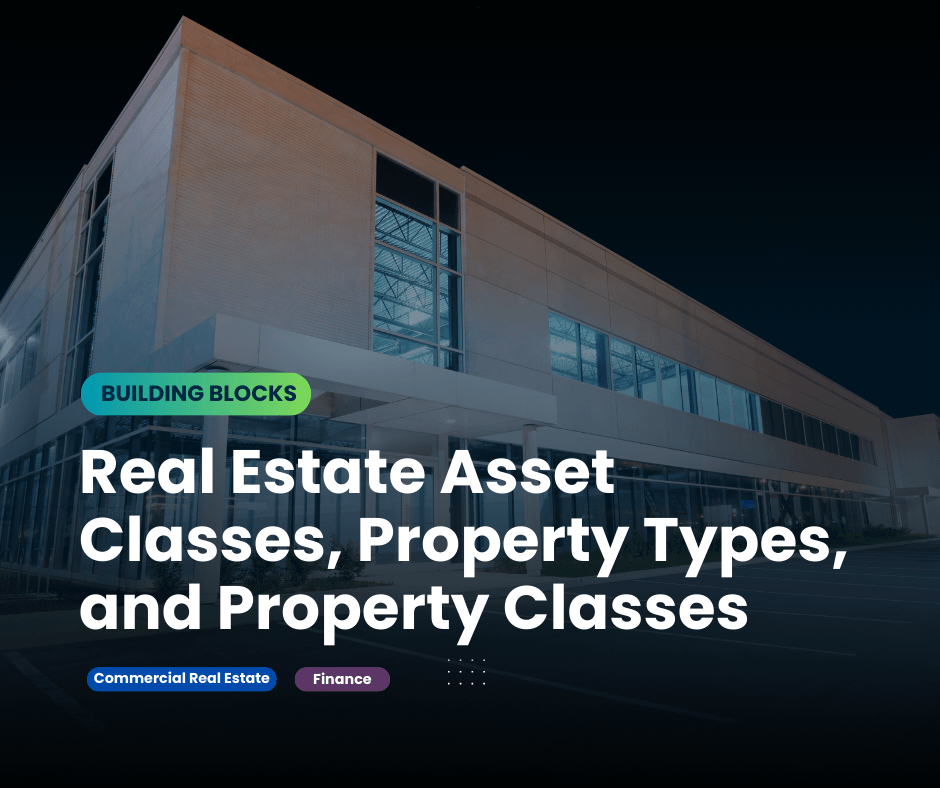What is Breakeven Occupancy?
The Breakeven Occupancy Ratio is the minimum occupancy rate threshold of a property to ensure its operating expenses and debt service obligations are met, expressed as a percentage.
How to Calculate Breakeven Occupancy Ratio
In the commercial real estate market (CRE), the breakeven occupancy ratio is the occupancy rate where a property is right at the cusp of being in an operating deficit (“loss”) or operating profit (“surplus”).
Therefore, the breakeven occupancy ratio is the percentage of occupied units needed for a property to cover its total costs, inclusive of fixed and variable costs.
Potential Gross Income (PGI) = OpEx + Debt Service → If a property is in a state of breakeven occupancy, its potential gross income (PGI) will be equal to the sum of its operating expenses and debt service obligations.
DSCR = 1.0x → For properties at breakeven occupancy, their debt service coverage ratio (DSCR) will be precisely 1.0x.
Simply put, the breakeven occupancy rate is the minimum threshold for the occupancy rate, so the property owner must ensure that its occupancy rate exceeds the breakeven rate.
Otherwise, the property’s income is not enough to cover its operating costs and debt service payments, placing the owner at risk of default on a loan (and property foreclosure).
For property owners, the breakeven occupancy ratio is a useful method to estimate the occupancy rate percentage needed to become profitable, i.e. where profits begin to exceed costs.
From the perspective of lenders and underwriters of real estate loans, the breakeven occupancy ratio is utilized for risk mitigation and to set a required occupancy rate that must be maintained by the borrower based on historical precedent.
Often, a real estate lender might arrange a loan with terms that place a minimum requirement on the breakeven ratio to protect their downside risk and reduce their chance of capital loss.
Calculating the breakeven occupancy ratio starts with the sum of the property’s operating expenses and debt service, followed by dividing the total costs by the potential gross income (PGI) that could be produced if all units were hypothetically occupied, i.e. a zero percent vacancy rate.
Breakeven Occupancy Formula
The formula to calculate the breakeven occupancy ratio is as follows.
Breakeven Occupancy Ratio = Total Operating Expenses + Debt Service ÷ Potential Gross Income (PGI)
Total Operating Expenses: The total operating expenses of a property include all the necessary costs for operations to continue running on a day-to-day basis. For example, some of the more common operating expenses are property taxes, property insurance, maintenance, utilities, and property management fees.
Debt Service: The debt service component refers to any payments owed to lenders that provided capital in the form of debt to the property in some regard.
Potential Gross Income (PGI): The potential gross income (PGI) is the profits generated by a property under the hypothetical scenario in which all available units are occupied by tenants, i.e. no vacant units.
What is a Good Breakeven Occupancy Ratio?
Interpreting the breakeven ratio tends to be subjective and dependent on the industry in which the property operates, as well as external factors such as the current conditions in the real estate market.
As a general rule of thumb, a lower breakeven occupancy ratio is viewed more favorably from a risk perspective because there is more of a “cushion” for unexpected events or financial underperformance.
The standard range for a breakeven occupancy ratio among commercial properties tends to be somewhere between 60% and 80%.
In contrast, breakeven occupancy ratios are usually on the lower end for hospitality properties, namely hotels, which average between 50% to 60%, which functions as a necessary buffer for unforeseeable events and fluctuations in demand that are attributable to the cyclical nature of tourism and travel.
Higher Breakeven Occupancy Ratio → Greater Total Costs and More Risk
Lower Breakeven Occupancy Ratio → Fewer Total Costs and Less Risk
For the most part, a sub-85% breakeven ratio is widely perceived as a manageable amount of risk in most real estate industries.
However, one distinction to understand here is that the breakeven occupancy ratio is typically used as part of worst-case scenario planning and for developing a risk mitigation strategy rather than a set target that property owners aim for, which should be intuitive since most businesses strive for profit maximization.
Breakeven Occupancy Calculation Example
Suppose a small commercial building owner has a total of 20 units available for rent, with the current market rate rent priced at $2,500 per month.
Total Number of Units = 20 Units
Market Rate Rent per Month = $2,500.00
The product of the two metrics results in the property’s potential gross income (PGI) on a monthly basis, which comes out to $50,000 per month.
Potential Gross Income (PGI) = 20 × $2,500 = $50,000
From the property’s potential gross income (PGI), our next step is to deduct our two costs – operating expenses and debt service obligations – which we’ll assume to be $12,000 and $18,000, respectively.
Operating Expenses = $12,000
Debt Service = $18,000
Upon dividing the sum of the total costs by the potential gross income (PGI) of the property, the breakeven occupancy ratio comes out to 60%.
Breakeven Occupancy Ratio (%) = ($12,000 + $18,000) ÷ $50,000 = 60%
In conclusion, the 60% breakeven occupancy ratio implies that for the property owner to cover all expenses, a 60% occupancy rate is required, which most real estate lenders would perceive favorably.



